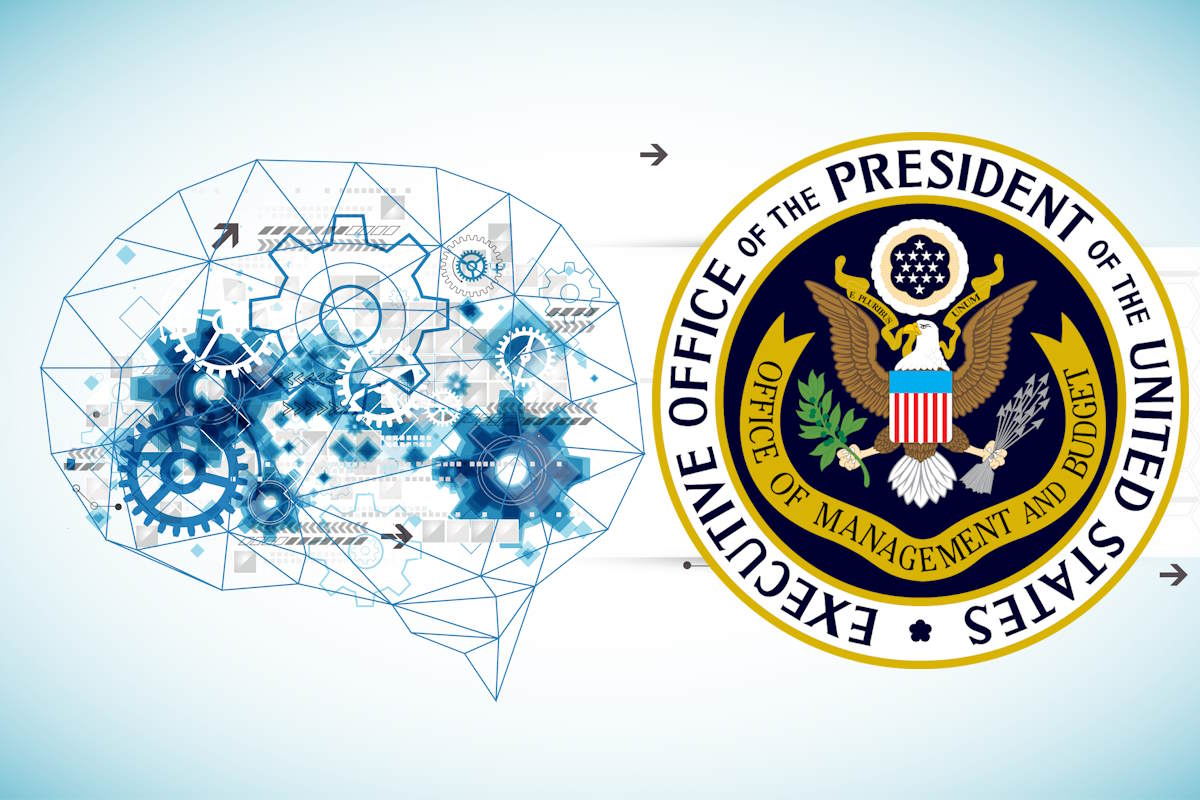OMB seeks input on advancing governance, innovation, risk management for agency use of AI draft guidance

The U.S. Office of Management and Budget (OMB) released a request for comments on the ‘Advancing Governance, Innovation, and Risk Management for Agency Use of Artificial Intelligence’ draft memorandum. The document would direct federal agencies to strengthen their AI (artificial intelligence) governance and innovation programs while managing risks from the use of AI, particularly when that use affects the safety and rights of the public.
In a notice published in the Federal Register on Friday, written comments must be received on or before Dec. 5 through a federal website that allows the public to find, review, and submit comments on documents that agencies have published in the Federal Register and that are open for comment. Interested stakeholders must type ‘OMB-2023-0020’ in the search box, click ‘Search,’ then click the ‘Comment’ button underneath ‘Request for Comments on Advancing Governance, Innovation, and Risk Management for Agency Use of Artificial Intelligence Memorandum.” They must then follow the instructions for submitting comments.
Earlier this week, U.S. President Joe Biden issued an Executive Order to prioritize America’s role in harnessing the potential of AI while addressing associated risks. The Executive Order established new standards for AI safety and security, protects Americans’ privacy, and advances equity and civil rights. It also stands up for consumers and workers and promotes innovation and competition while advancing its position.
As part of this commitment, Vice President Kamala Harris announced on Wednesday, before the UK Safety Summit, that the OMB is releasing a new draft policy for comment on Advancing Governance, Innovation, and Risk Management for Agency Use of Artificial Intelligence. The guidance would establish AI governance structures in federal agencies, advance responsible AI innovation, increase transparency, protect federal workers, and manage risks from government uses of AI.
The Friday Federal Register notice identified that the administration has undertaken numerous efforts to advance responsible AI innovation and secure protections for people’s rights and safety.
“This work spans targeted sector-specific initiatives, such as the Department of Health and Human Services’ proposed rule to protect patients from discriminatory algorithms in health care, as well as more broadly applicable guidance from the Department of Justice and Equal Employment Opportunity Commission to help employers avoid AI-enabled disability discrimination in employment,” Clare Martorana, U.S. federal chief information officer at the Office of the Federal Chief Information Officer, OMB, wrote in the notice.
She added that significant efforts have also developed landmark voluntary frameworks such as the National Institute of Standards and Technology’s (NIST) AI Risk Management Framework and the White House Office of Science and Technology Policy’s Blueprint for an AI Bill of Rights.
Through the Request for Comment, OMB hopes to gather information on the composition of federal agencies that varies significantly in ways that will shape the way they approach governance. It recognizes that an overarching federal policy must account for differences in an agency’s size, organization, budget, mission, organic AI talent, and more. It sought input on the roles, responsibilities, seniority, position, and reporting structures outlined for chief AI officers ‘sufficiently’ flexible and achievable for the breadth of covered agencies.
It also pursued details on the types of coordination mechanisms, either in the public or private sector, that would be particularly effective for agencies to model in their establishment of an AI Governance Body. It also looked into the benefits or drawbacks of having agencies establish a new body to perform AI governance versus updating the scope of an existing group.
The notice also looked into how best can OMB advance responsible AI innovation. With adequate safeguards in place, it analyzed how agencies should take advantage of generative AI to improve agency missions or business operations. It also sought responses on whether there are use cases for presumed safety-impacting and rights-impacting AI that should be included, removed, or revised, and reasons thereof.
The OMB is also looking for details on whether the minimum practices identified for safety-impacting and rights-impacting AI set an appropriate baseline that is applicable across all agencies and all such uses of AI. It addresses how the minimum practices can be improved, recognizing that agencies will need to apply context-specific risk mitigations in addition to what is listed.
Furthermore, the notice also seeks input on the types of materials or resources that would be most valuable to help agencies, as appropriate, incorporate the requirements and recommendations of this memorandum into relevant contracts. They also ask what information should be made public about agencies’ use of AI in their annual use case inventor.
In remarks delivered this week in London, Vice President Harris called for international cooperation and stricter standards to deal with the threats posed by AI.
“AI has the potential to do profound good to develop powerful new medicines to treat and even cure the diseases that have for generations plagued humanity, to dramatically improve agricultural production to help address global food insecurity and to save countless lives in the fight against the climate crisis,” Harris said.
“But just as AI has the potential to do profound good, it also has the potential to cause profound harm,” she added. “From AI-enabled cyberattacks at a scale beyond anything we have seen before to AI-formulated bio-weapons that could endanger the lives of millions, these threats are often referred to as the ‘existential threats of AI’ because, of course, they could endanger the very existence of humanity.”










